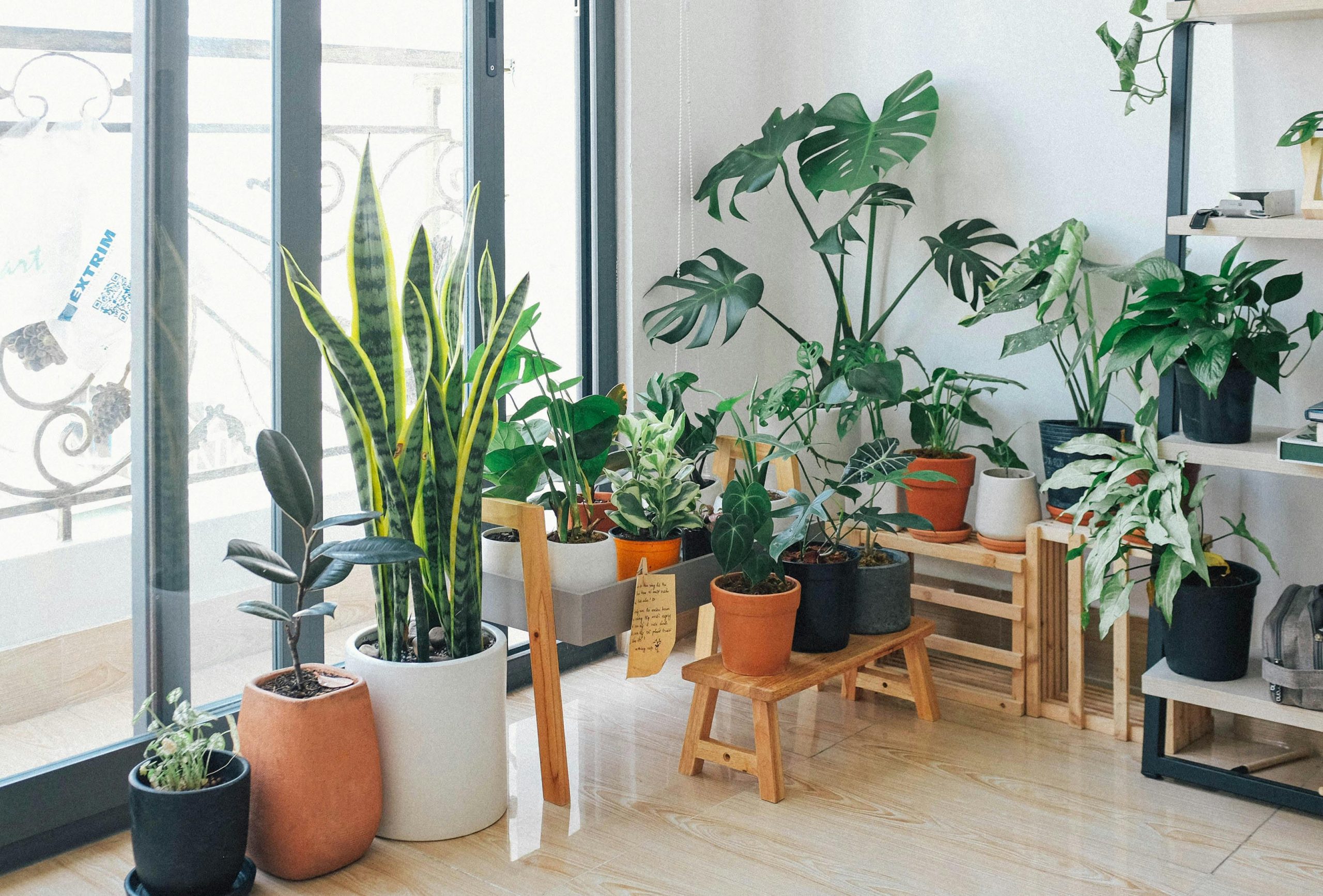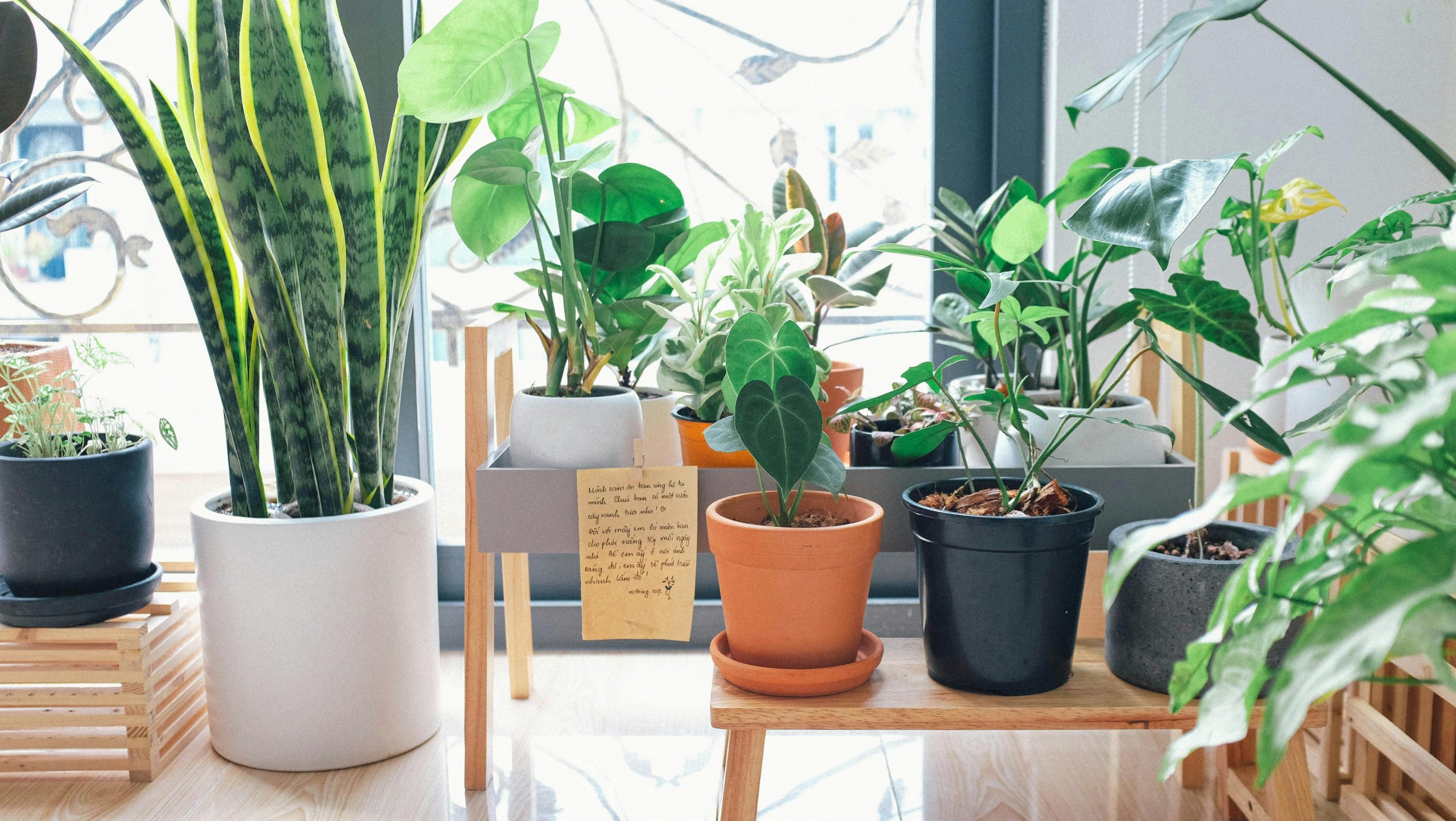Snake plants, also called Sansevieria or mother-in-law’s tongue, are popular houseplants known for their tough nature and easy care. One common question people ask is: Do snake plants need light? Understanding how much light snake plants need can help you grow a healthy, thriving plant indoors or outdoors. In this guide, we’ll explain everything you need to know about light for snake plants — how much is best, what happens if they get too little or too much light, and tips for placing your snake plant in your home or garden.
Why Is Light Important for Plants?

Plants need light to perform photosynthesis. Photosynthesis is the process where plants turn sunlight into energy to grow leaves, roots, and stay healthy. Different plants require different amounts of light, from full sun to deep shade. Knowing how much light your snake plant needs will help you avoid problems like slow growth or leaf damage.
How Much Light Do Snake Plants Need?
Snake plants are known for being very adaptable. They can survive in low light but grow best in bright, indirect light. Here’s a quick look at how snake plants handle different light levels:
- Low Light: Snake plants tolerate low light and can survive in rooms with little natural light. However, they will grow slowly and may lose some of their vibrant color.
- Medium Light: This is ideal for snake plants. Bright, indirect light helps the plant grow faster and stay healthy without the risk of leaf burn.
- Direct Sunlight: Snake plants can handle some direct sun, especially morning sun, but too much harsh, direct sunlight may cause leaf scorch or browning edges.
What Happens If a Snake Plant Doesn’t Get Enough Light?
If your snake plant doesn’t get enough light, you might notice some changes:
- Slower Growth: The plant will grow very slowly or stop growing altogether.
- Dull or Pale Leaves: The usually vibrant green or variegated leaves can become dull or yellowish.
- Leaning: The plant may lean toward the nearest light source as it tries to get more light.
- Root Problems: Low light combined with overwatering can cause root rot because the plant’s slowed growth means it uses less water.
If you notice these signs, try moving your snake plant to a brighter spot or use supplemental lighting.
Can Snake Plants Live Outside? How Does Light Affect Them Outdoors?
You might wonder, can snake plants live outside? The answer is yes, but with some conditions. Outdoors, snake plants prefer filtered sunlight or partial shade, especially in hotter climates. Full, direct sun can damage the leaves, while deep shade may slow growth.
If you live in a mild climate, placing your snake plant outdoors in a shady patio or under a tree can work well. Just make sure it’s not exposed to frost or heavy rain. Outdoors, light conditions change more than indoors, so watch your plant for signs of too much or too little light.
How to Find the Best Spot for Your Snake Plant Indoors

Finding the perfect spot inside your home is key to keeping your snake plant happy. Here are some tips:
- Near a Window with Filtered Light: East-facing windows work great because they provide gentle morning light.
- Avoid Harsh Sunlight: Don’t place your snake plant in direct afternoon sun, especially near south- or west-facing windows, unless the light is filtered by curtains.
- Bright Rooms Without Windows: Snake plants can survive in rooms with only artificial light but grow best with some natural light.
Using Artificial Light for Snake Plants
If your home doesn’t get much natural light, you can use artificial lights to help your snake plant thrive. LED grow lights or fluorescent lights are good options. Keep the light on for about 12 to 14 hours a day and place the plant within 12-24 inches of the light source.
Artificial lighting is a great way to grow snake plants in offices, basements, or rooms without windows.
Signs Your Snake Plant Is Getting Too Much Light
Too much light can harm your snake plant. Watch out for these signs:
- Leaf Burn: Brown, dry spots or edges on the leaves.
- Yellowing Leaves: Leaves may turn yellow if exposed to strong sunlight for too long.
- Curling Leaves: The leaves may curl up to protect themselves from too much sun.
If you see these signs, move your plant to a shadier spot or provide filtered light using curtains or blinds.
How to Care for Snake Plants Based on Their Light Needs
The amount of light affects other care tasks for snake plants, such as watering and fertilizing:
- In Bright Light: Water more often but always let the soil dry out between waterings. Fertilize every 6-8 weeks during the growing season with a balanced plant fertilizer.
- In Low Light: Water less often since the plant grows slower and uses less water. Avoid fertilizing in winter or very low light to prevent fertilizer burn.
Other Factors That Affect Snake Plant Growth Besides Light
While light is important, snake plants also need the right soil, water, and temperature to stay healthy:
- Soil: Use well-draining soil to prevent root rot. Cactus or succulent mixes work well.
- Water: Water only when the top 1-2 inches of soil feel dry. Too much water can cause root rot, especially in low light.
- Temperature: Snake plants like temperatures between 60-85°F (15-29°C). They don’t tolerate frost well.
How Light Affects the Appearance of Snake Plant Varieties
Snake plants come in many types with different colors and leaf shapes. The amount of light can affect their look:
- Variegated varieties: These have yellow or white stripes and need more light to keep their bright colors. In low light, they may lose their variegation.
- Solid green types: These can handle lower light levels but still grow better with indirect bright light.
FAQs About Snake Plants and Light
Q: Can snake plants survive in a windowless room?
A: They can survive but won’t grow as well without any light. Using a grow light is a good option.
Q: Should I rotate my snake plant to get even light?
A: Yes, rotating your plant every few weeks helps all sides get light and grow evenly.
Q: What’s the best natural light for snake plants?
A: Bright, indirect light is best. The morning sun is usually gentle enough.
Final Thoughts: Do Snake Plants Need Light?
Snake plants are forgiving and can survive in many light conditions, but for best growth, bright, indirect light is ideal. They tolerate low light but grow slower and may lose some color. Avoid direct, harsh sunlight that can burn the leaves. Whether indoors or outside—remember, can snake plants live outside if given the right light and temperature conditions.
With the right light, watering, and care, your snake plant can thrive and add green beauty to your home or garden for years.



